Nina's Hope House
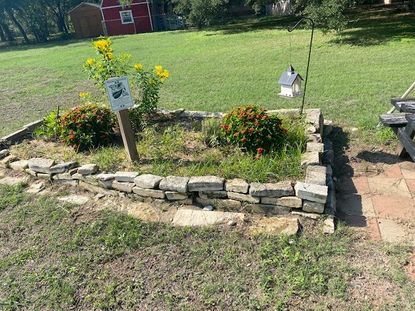
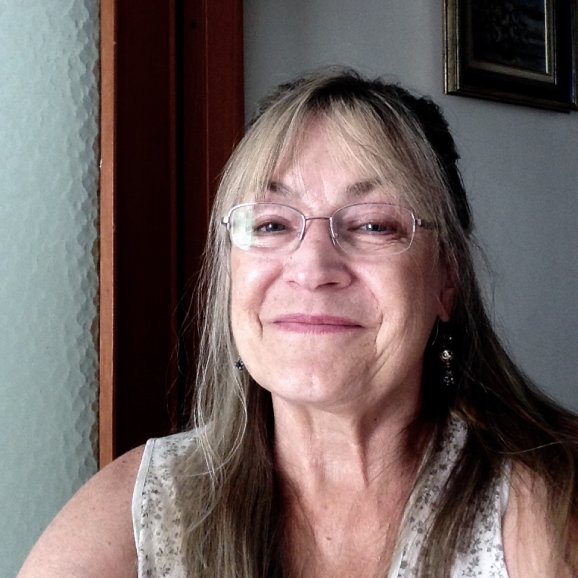
Learning about the Hope House program in the Austin region of Texas is an eye-opening and heartwarming experience. Nina’s Hope House is just one of the program’s residential group homes. Of the four, this one provides permanent housing and care for profoundly intellectually disabled adults. Hope Houses are safe havens with 24-hour supervision and living assistance for childhood through adulthood, with residents who live there “for as long as it takes.” Jared Sudekum is the HCS Director, a passionate, grateful and caring individual who loves creating environments that nurture, cheer and teach the special residents here.





A History of Compassion
In 1966 Ms. Rose McGarrigle relocated to Austin, Texas, her origins in pre-war Berlin. She recognized the desperate need for care and housing for children with severe physical and mental disabilities. Often victims of neglect and isolation, children in the Austin area were welcomed into her private home where she provided support, comfort and the necessities of daily life. Not all children had the means to get to her home, so Rose would pick them up in her red VW bus. In 1976 when her home was no longer large enough to house all her residents, with donated land and funding from the state of Texas, the first Hope House was constructed. Most of the adult residents at Hope House today were “Rose’s children” in 1967.
The Gardens
The Hope House facilities’ adjacent gardens have been resurfaced with fresh soil and are planted with crops that can thrive in this warm region. This is not a region where pumpkins or sweet corn can thrive, but local nurseries donate a range of vegetable plants and flowers. Many of the residents are able to hold a watering hose and pick vegetables; some can sow seeds. At harvest time, residents are often surprised at the tasty and colorful tomatoes and cucumbers that they’ve watered over the weeks. All is organic, the seeds are collected, and the produce goes, primarily, to the residents. Jared is a great fan of the shishito peppers. There is also a particular interest in growing luffa, which provides tactile stimulation when residents peel it, play with it and paint it.
The gardens give the residents creative things to see and do, and they enjoy the bright colors. Jared has also created a successful herb garden and a flourishing butterfly garden, including esperanza, columbine, milkweed and bluebonnets. Jared has also planted pomegranates and trees and foresees chickens and rabbits on the property soon.
Rose’s Dreams Come True
The Hope House residential facilities now consist of four group homes – three in operation at this writing and a fourth underway. The new building will be used initially for the emergency placement of kids and will eventually be turned into a day care and commercial kitchen. The kitchen will allow the program to prepare and sell what they raise in the gardens. Building, painting and labor is all done on a volunteer basis and much of the materials needed are donated by the community and neighboring agencies. The program does a bit of fund raising through sales of some of the residents’ artwork at the local market.
By next summer the resident population here is expected to grow to 28. They will be at capacity around 45. Jared says there is such a need here, and in this time it’s difficult to hire staff. Most of Hope Houses’ residents have Medicaid or Medicare, but it takes a village to operate a program like this, and Jared Sudekum’s selfless energy and compassion is exactly what’s needed in a setting like this one. Rose McGarrigle’s last words were a request that her “children” be cared for.
You can donate to Hope House in many ways. They maintain an Amazon wishlist of supplies and household items necessary to keep things running smoothly.
Gardening tips, videos, info and more delivered right to your inbox!
Sign up for the Gardening Know How newsletter today and receive a free download of our most popular eBook "How to Grow Delicious Tomatoes."
Every year, Gardening Know How awards $1,000 to 20 different, hand-picked garden projects across the United States and Canada. If your community or school garden has a growing, unmet need for more soil, seeds, fertilizers, building materials, or even just help getting the word out about your program, we’re ready and willing to help you meet those needs. As community gardens and school gardening programs spring up all over, we’re happy to do our part to help. Click here to learn more about how to apply to the GKH Sponsorship.
Interested in learning more about school or community gardens? Visit our Community Gardening for Everyone page today.

Caroline Bloomfield is Manager of Marketing Communications at Gardening Know How since 2019. A northwest native, she has resided and gardened in multiple zones in the U.S. and is currently at home in Eugene, Oregon. Writing and editing for various publications since 1998, her BA in American Studies from Southern Maine University includes an emphasis in English. She was raised in California by avid gardeners and continues to enjoy the natural world with an appreciation for the concepts of sustainability and organic care for the planet.
-
 2024 Plant Of The Year: Why Experts Say Philodendron Is The “It” Plant Of The Year
2024 Plant Of The Year: Why Experts Say Philodendron Is The “It” Plant Of The YearWe aren’t surprised that philodendron was designated the plant of the year. Versatile, easy-care and lovely, it’s the houseplant of the year 2024!
By Bonnie L. Grant
-
 10 Best Apartment Plants To Turn Your Small Space Into An Oasis
10 Best Apartment Plants To Turn Your Small Space Into An OasisThe best apartment plants can lend an ambience of the tropics, brighten up a space, or add a touch of drama, and turn an apartment into a relaxing oasis.
By Amy Grant
-
 The Grow Garden at GIVE - 2022 Grant Recipient
The Grow Garden at GIVE - 2022 Grant RecipientThis alternative school in Georgia is using its garden to teach kids in all new ways.
By Caroline Bloomfield
-
 Common Ground Community Garden - 2022 Grant Recipient
Common Ground Community Garden - 2022 Grant RecipientThis Texas community garden has been getting people out of their apartments and into nature for 12 years.
By Caroline Bloomfield
-
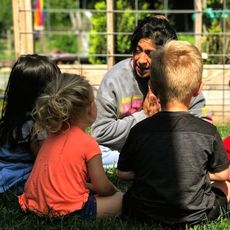 Valley Daycare - 2022 Grant Recipient
Valley Daycare - 2022 Grant RecipientBy Caroline Bloomfield
-
 Douglas Discovery Garden – 2022 Grant Recipient
Douglas Discovery Garden – 2022 Grant RecipientBy Caroline Bloomfield
-
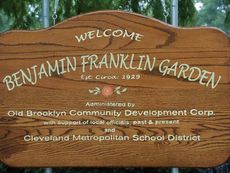 Ben Franklin Elementary School – 2022 Grant Recipient
Ben Franklin Elementary School – 2022 Grant RecipientThis hundred year old garden in Cleveland, Ohio is still going strong with a unique educational program for fourth graders.
By Caroline Bloomfield
-
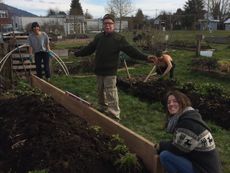 Kin Park Community Garden - 2022 Grant Recipient
Kin Park Community Garden - 2022 Grant RecipientRead about the small town in Vancouver that's bringing its people together with fresh produce and garden plots.
By Caroline Bloomfield
-
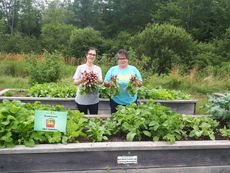 Elmsdale Community Garden – 2022 Grant Recipient
Elmsdale Community Garden – 2022 Grant RecipientThe Elmsdale Community Garden is striving to bring food security to rural Nova Scotia, one garden bed at a time. Read their story here.
By Caroline Bloomfield
-
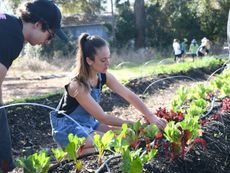 Gainesville Giving Garden - 2022 Grant Recipient
Gainesville Giving Garden - 2022 Grant RecipientThe Gainesville Giving Garden was born from a dream of freedom from food insecurity during the height of covid. Read its story here.
By Caroline Bloomfield